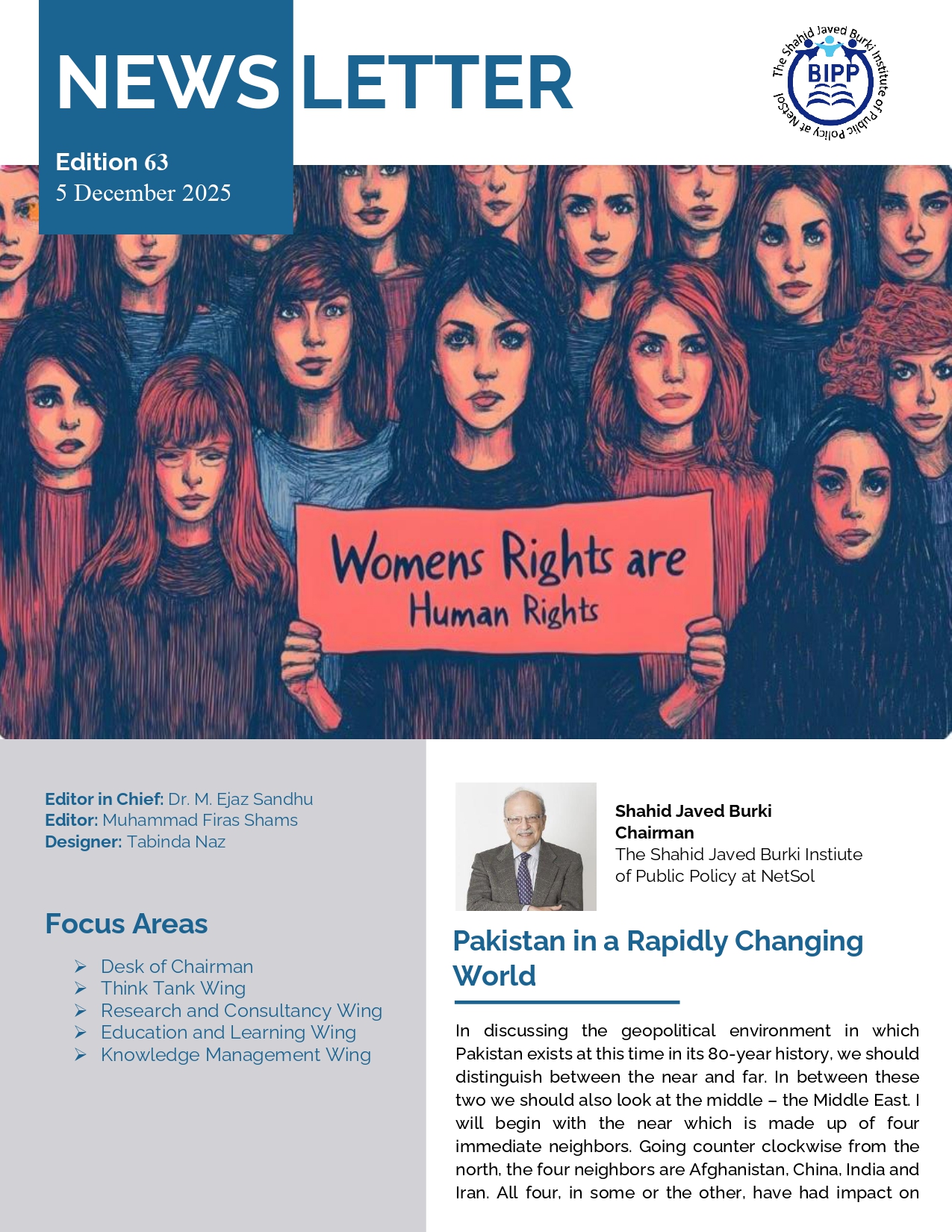The Pathetic Health Infrastructure
July 13, 2016The BIPP initiated Development Deficit video-graphic series attempts to capture the development and governance deficit in one of the major areas of human development. The Jinnah Hospital is the second largest medical facility of Punjab spread over 105 acres of land. The number of patients last estimated in 2007 was to be in the neighborhood of 700,000. This provides us with a ballpark estimate of at least 1-1.5 million attendants (2 per patient) visiting the hospital annually translating into roughly 3000-4000 attendants/day. This number must have increased substantially in the last 9 years or so. The attached video depicts (a) the pathetically poor hygienic conditions; and (b) the plight of the patients and their attendants as they sit outside under the trees in the parking areas and the front lawn. Basic hygiene and access to decent health care especially of the poor segments ought to have received paramount attention, if not considered as one of the inalienable human rights by the Government. The hospital seems to lack the will, the management skills as well as the infrastructure to regulate the inflow and host the attendants waiting for the recovery of their ailing relatives. Similarly hygiene and sanitation which is inextricable part of the healthcare must have been the priority area of focus of the hospital administration. Budget neutral management action with strict enforcement of monitoring and accountability functions could significantly ameliorate the situation. This not only dilutes the confidence of the people in the public sector health apparatus but also contributes to the mushroom growth of expensive private healthcare system thus denying the poor to avail even bare minimum medical treatment at the tertiary level. The consequence is the financial exploitation and negative health outcomes of the poor. It is a pity that Pakistan ranks 147 out of 189 countries on Human Development Index (HDI- a universally recognized measure of human development); 119 out of 142 on health and survival and 128 out of 142 in life expectancy. This calls for a serious review of the orientation and thrust of the public sector development program- an urgent need for enhanced budgetary allocation to the health sector and revamping the health management structure as well as delivery of health services in the province and indeed in the country. Progress and growth to the denial and exclusion of the people from access to health, education and social services is anathematic to sustainable human development.
Signal Free Jail Road Lahore
May 27, 2016In this first video of the #BIPP initiated #DevelopmentDeficit Videographic series, a group of young men are seen crossing the road between Kalma Chowk underpass and Seasons Chowk Garden Town where a signal free environment has been created to ensure an uninhibited flow of Traffic. Due to the Barket Market signal removal, a large segment of the society, some of whom old and disabled are left to the peril of crossing the road against the free-flowing traffic. In the second part of the video, one can observe the unfortunate helplessness of an old man who's embattling the oncoming traffic while in a move to cross the road. He's kept at bay for atleast a couple of minutes, a few gentlemen, oblivious to the social duty pass-by without helping him, until a couple of women emerge from behind the old man taking him along to the other side of the road. This video is a classic case of development with exclusion and depicts how stereotypes regarding women as better caretakers are generated and advanced. This is in addendum to the #DDText.1 posted by Mr. Shahid Najam last week where he discussed how the Mozang Chungi to Center Point Rd is constructed with a colossal funding of Rs. 2.5 Billion while around 30% of the entire pedestrian population, including the aged, pregnant women and the disabled, is unable to climb, on average, the 50 steps of the overhead bridges and is forced to cross the road against the free-flowing traffic - putting it at a great life-risk. The overhead bridges close-by can be clearly seen in the two videos. But their construction, albeit involving huge sums of money is only going to assist a selective portion of the society barring segments who should be the real focus of the development process.





